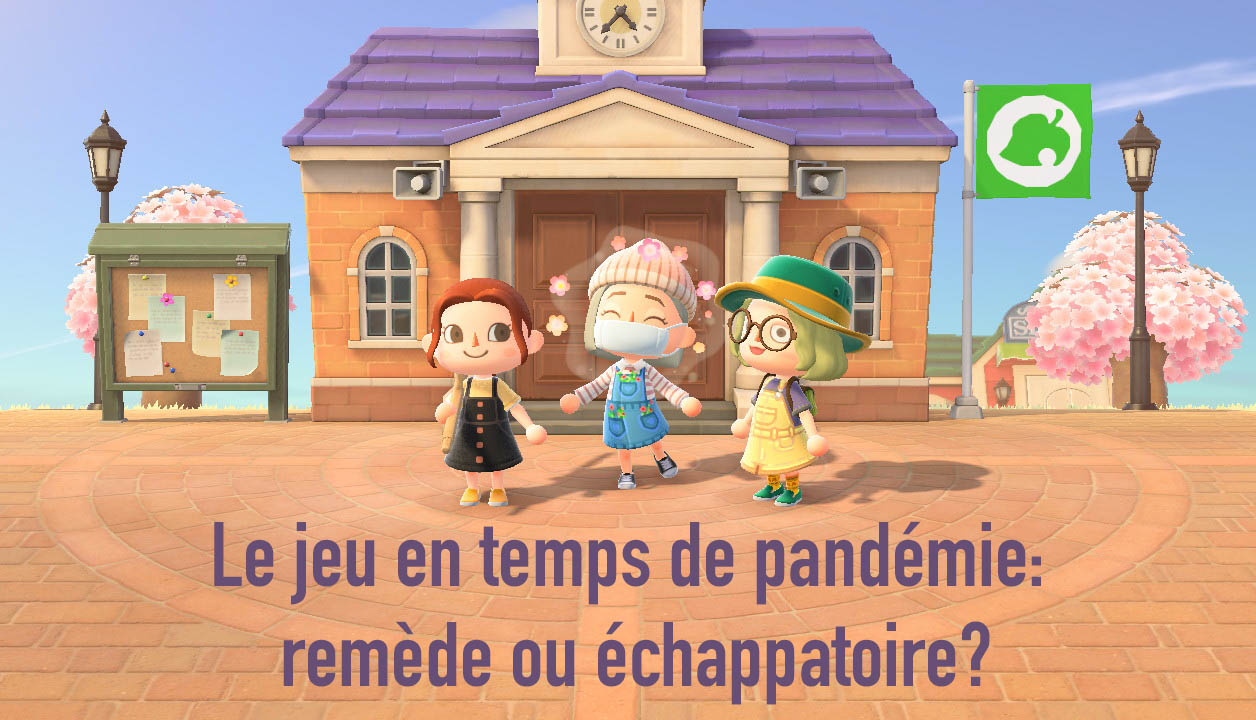Le paradoxe de la réclusion heureuse en temps de confinement
Design d’environnement et claustrophilie dans Animal Crossing: New Horizons
Mots-clés :
jeu vidéo, confinement, design d'environnement, Animal Crossing: New HorizonsRésumé
Les études du jeu ont longtemps considéré l’espace navigable des jeux vidéo sous l’angle de la compensation, comme s’il venait combler un « appétit d’espaces » engendré par nos modes de vie urbains contemporains. Dans cet article, nous remettons en question cette fonction psychoculturelle du jeu vidéo à l’aune du succès phénoménal rencontré par le jeu Animal Crossing: New Horizons durant les périodes de confinement liées à la pandémie de COVID-19. À un moment où notre rapport à l’espace était plus en crise que jamais et où les contraintes de navigation étaient à leur paroxysme, les joueur·se·s ont massivement investi un espace ludique à l’opposé des mondes ouverts. Pour expliquer la manière dont l’espace de ce jeu fut investi par les joueur·se·s durant cette période, nous menons une analyse de son design d’environnement à partir de quatre concepts : celui d’espace-refuge, de microcosmique, de cosmétique et enfin, de parcours anti-critique. Au moyen de descriptions d’éléments de son design d’environnement et de cartes annotées, nous montrons comment Animal Crossing: New Horizons a davantage transfiguré l’expérience quotidienne de la réclusion qu’il ne l’a conjurée, prenant à rebours les théories qui dépeignent l’évolution de la spatialité vidéoludique comme un mouvement « du monde clos à l’univers infini ».
Téléchargements
Publié-e
Numéro
Rubrique
Licence
(c) Tous droits réservés Guillaume Grandjean 2023

Cette œuvre est sous licence Creative Commons Attribution - Pas d'Utilisation Commerciale - Pas de Modification 4.0 International.




